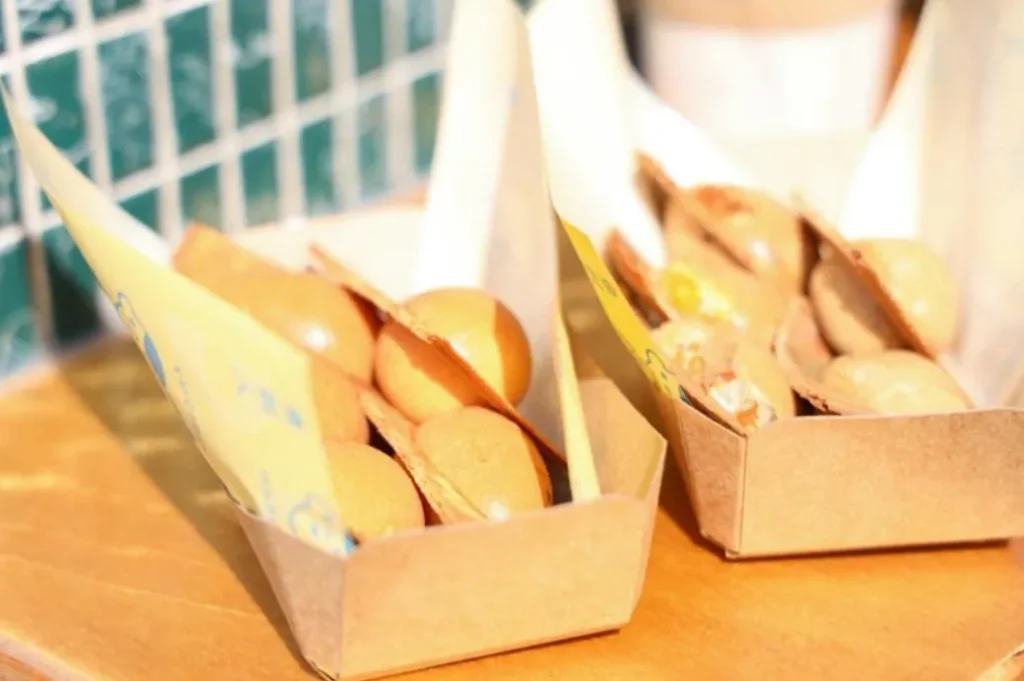If you’ve ever run a small food business—maybe a bakery, a sandwich shop, or even a home-based treat operation—you know how easy it is to focus on recipes, ingredients, and sales while letting packaging slide down the priority list. After all, what matters most is what’s inside the box. Not quite. The truth is, packaging plays a bigger role in your success than you think. It’s not just about what holds your product—it affects how customers see your brand, how your staff works, and even how much money you waste.
That’s why more food business owners are starting to get bakery boxes from MrTakeOutBags.com, choosing consistency and quality over convenience store solutions.
The True Price of Cheap or Mismatched Packaging
At first, saving a few cents per box seems like a win. But over time, those savings could cost you a lot more.
Cheap packaging often means weak materials. That cupcake you just sold with love? It might get smashed before your customer even gets to their car. Cookies crumble. Sauces leak. Grease stains seep through. Every ruined product is a refund waiting to happen—or worse, a bad review online.
There’s also the silent damage to your brand. You could have the best pastries in town, but if your packaging looks flimsy or plain, people might assume your business isn’t fully professional. The look and feel of your box is part of the customer’s first impression. Don’t let that be “meh.”
And mismatched packaging? That can be a nightmare. You end up forcing big donuts into boxes meant for mini muffins. Or using containers that trap moisture and make crispy pastries go soggy. Over time, these tiny annoyances build into bigger problems.
Operational Friction and Slowdowns
Your staff may not complain, but trust me—they feel it.
Unstable or awkward packaging slows down the workflow. Workers fumble to fold complicated box flaps, tape things shut, or adjust a box’s shape to fit a stubborn item. That’s the time you’re paying for—minute by minute.
Efficient packaging makes the service smoother. It lets your team move faster, especially during rush hours. Easy-to-stack boxes help during deliveries. Flat surfaces give you room for labels or stickers. Little things, but they add up.
The wrong packaging also affects storage. A stack of mismatched boxes can eat up space in your kitchen or pantry. When you’re working in a small shop, every inch matters. Better packaging can help you reclaim that space and stay organized.
Missed Branding Opportunities
You don’t need to print your logo in gold foil or have custom-cut boxes shaped like cupcakes. But you do need packaging that makes your brand feel intentional.
Think about how people interact with your product. Maybe someone buys a cookie at your stall and gives it to a friend. That friend may never meet you or see your menu, but they will see your packaging. What does that box tell them?
The right box acts like a silent brand ambassador. A clean design, sturdy feel, maybe a simple sticker with your bakery’s name—these details matter. They show you care.
Even plain packaging can feel premium if it’s chosen with care. Just matching your packaging colors to your brand colors can make a difference. It makes you memorable.
Inventory Waste and Inconsistent Supply
Here’s a scenario: You run out of boxes on a Friday afternoon. You make a mad dash to the nearest supply store or try to order something online, fast. The boxes arrive late, or worse, they don’t fit. Sound familiar?
Over-ordering the wrong kind of packaging is just as bad. You end up with stacks of boxes that don’t work for your current menu. Money wasted. Space taken.
The most efficient small businesses streamline their packaging system. They don’t constantly switch vendors or buy random supplies that “might work.” They choose reliable partners who know what food packaging needs to do—and do it well.
Inconsistent supply can also be a silent stressor. You don’t want to wonder each week if your boxes will show up. You don’t want to mix and match because one shipment got delayed. You want to spend time running your business, not fixing avoidable supply issues.
Conclusion
Packaging might feel like a background task. Something that just “comes with the job.” But it’s actually one of those behind-the-scenes decisions that shape your business without you realizing it. The wrong box can lead to unhappy customers, wasted money, frustrated staff, and missed chances to stand out. You don’t need the fanciest packaging on the block. You just need the right one. A box that does its job—protects your product, supports your workflow, and represents your brand.

